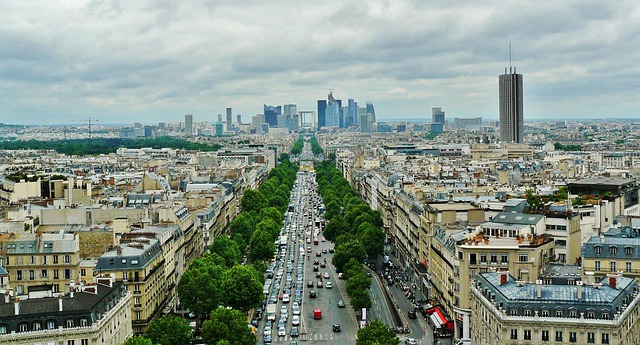
A boulevard is a wide, tree-lined avenue.
Boulevard is a French term that is not part of the dictionary of the Royal Spanish Academy ( RAE ). The word that does appear is boulevard , derived from this concept of the French language. In any case, it is common for the word boulevard to be used in our language.
A boulevard or boulevard, in short, is a tree-lined street or avenue that stands out for being very wide . The walk that is in the middle of this type of street is also called a boulevard.
Origins of boulevards
The origin of boulevards is found in the cities of the Middle Ages . In fact, boulevard comes from bolwerk , a Dutch notion that can be translated as “defense” or “bulwark.” In the medieval era, roads were built around fortresses: when the walls were demolished, the roads were maintained as streets for urban circulation. This is how boulevards emerged with characteristics similar to those we know today.
Today a boulevard is an avenue that usually has several circulation routes . The trees and plants that are on its sides and often in the middle provide it with ornamental beauty and allow rest in the shade in the summer.

A boulevard is characterized by having several circulation lanes.
Some examples
Sunset Boulevard , in Los Angeles ( United States ), is one of the most famous boulevards in the world . It passes through Hollywood , Beverly Hills , Bel-Air and other districts. Its most popular area is known as the Sunset Strip .
The Paseo de la Reforma in Mexico City and the Gran Vía de las Cortes Catalanas in Barcelona ( Spain ) are also important boulevards.
More famous boulevards
However, we should not overlook other important boulevards spread throughout the world such as the following:
–Karl Marx Allee . Hermann Henselmann, Karl Souradny, Richard Paulick and Hans Hopp are some of the architects who participated in the design and construction of this boulevard located in Berlin. It was erected in the German Democratic Republic between 1952 and 1960. It is 2 kilometers long and 89 meters wide. The famous towers (Strausberger Platz and Frankfurter Tor) designed by Henselmann stand out.
– Avenida de Mayo , which is located in Argentina, specifically it is the first boulevard that Buenos Aires had. It is the backbone of the historic center of the city and has become the scene of the most important demonstrations that take place. It comes to connect what is the Plaza del Congreso with the Plaza de Mayo.
-The Paseo del Prado , located in Madrid, is another of the most important boulevards in the world and the most significant in the Spanish capital. It is, among other things, because it has also been called the art walk. Because? Because both the famous Prado Museum and the Thyssen-Bornemisza Museum are located there. Not to mention that the Reina Sofía Museum is also located nearby. In addition, it is declared a Site of Cultural Interest and is surrounded by other historical sites such as the Fuente de Cibeles, the Puerta de Alcalá or the Plaza de Neptuno.
